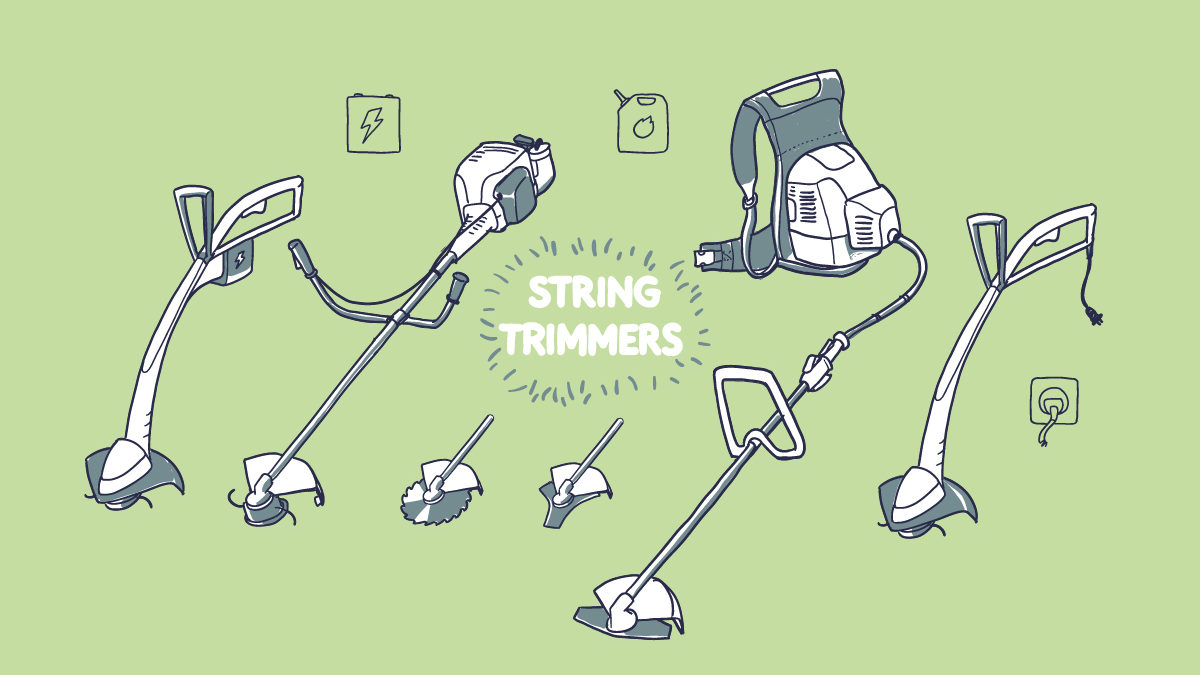Are you tired of your weed eater malfunctioning every time you need to trim your lawn or garden?
Don’t worry, you’re not alone. Weed eaters are essential tools for maintaining a neat and tidy yard, but they can also be a source of frustration when they don’t work as expected.
In this article, we’ll cover some weed eater troubleshooting tips and tricks to help you get the most out of your equipment.
Understanding How Weed Eaters Work
Before we dive into the specifics of weed eater troubleshooting, it’s important to understand the basics of how these tools work.
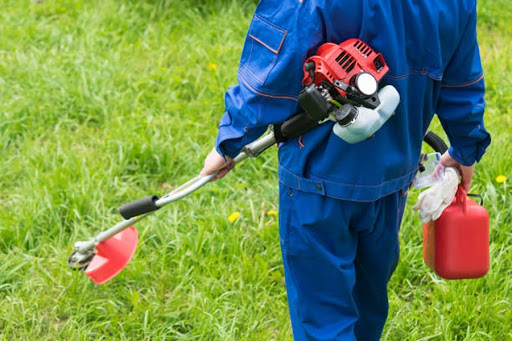
A weed eater, also known as a string trimmer, uses a spinning nylon line to cut through grass and weeds. The line is wound around a spool, which is then attached to the bottom of the trimmer. As the spool spins, the line extends outwards, cutting through any vegetation in its path.
Now that we know the basic mechanics of a weed eater, let’s take a look at some common issues that can arise and how to troubleshoot them.
The Weed Eater Won’t Start
If your weed eater refuses to start, there are a few things you can check.
- First, make sure the fuel tank is filled with fresh gas and the oil-to-fuel ratio is correct. If the fuel is old or the ratio is incorrect, it can cause the engine to stall or not start at all.
- Next, check the spark plug. Over time, the spark plug can become fouled or worn out, which can prevent the engine from starting. If the spark plug looks dirty or worn, replace it with a new one.
- Finally, make sure the air filter is clean and free of debris. A clogged air filter can restrict airflow to the engine, making it difficult to start.
The Line Won’t Feed
If the line on your weed eater won’t feed, it’s likely due to an issue with the spool.
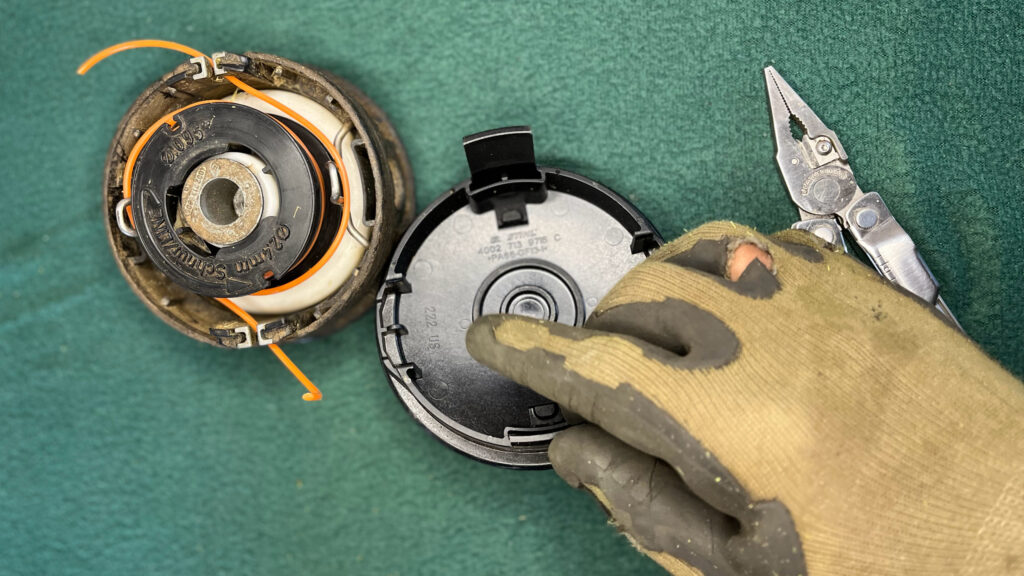
First, check to make sure the line is wound correctly around the spool. If it’s not, rewind it according to the manufacturer’s instructions. If the line is wound correctly, check to see if the spool is damaged or worn. If it is, replace the spool with a new one.
Finally, make sure the line is the correct size and type for your weed eater. Using the wrong line can cause it to get stuck or break.
The Weed Eater Vibrates Excessively
If your weed eater is vibrating excessively, it could be due to a few different factors. First, make sure the cutting head is properly attached to the shaft. If it’s loose, it can cause excessive vibration.
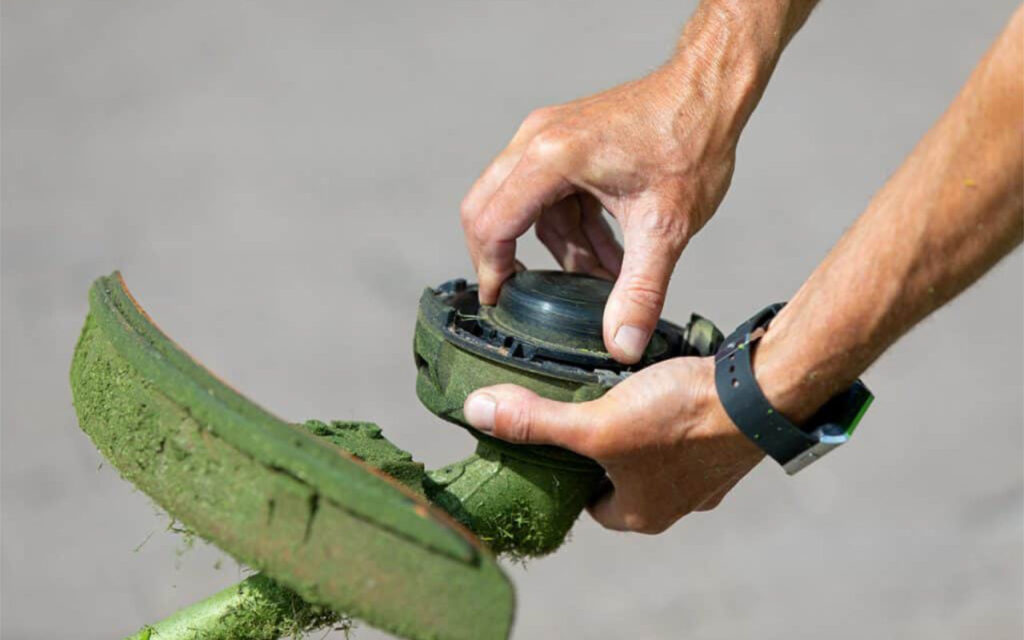
Next, check to see if the cutting head is damaged or worn. If it is, replace it with a new one.
Finally, make sure the shaft is straight and not bent. A bent shaft can cause the weed eater to vibrate excessively and can also cause damage to the engine.
The Weed Eater Overheats
If your weed eater is overheating, it could be due to a few different reasons.
First, make sure the air filter is clean and free of debris. A clogged air filter can restrict airflow to the engine, causing it to overheat.
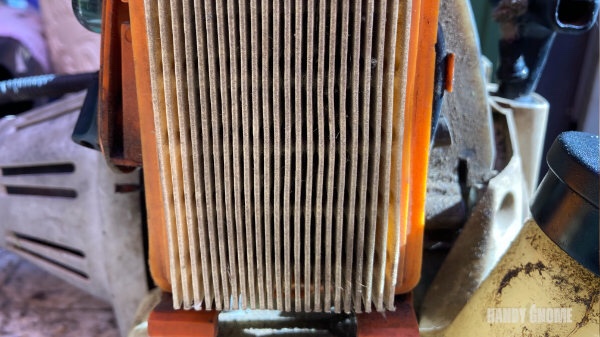
Next, make sure the engine isn’t running too lean. A lean fuel-to-air ratio can cause the engine to overheat.
Finally, make sure you’re not running the weed eater for too long without taking breaks. Overheating can occur if the engine is run for extended periods of time without rest.
The Weed Eater Cuts Unevenly
If your weed eater is cutting unevenly, it could be due to a few different factors.
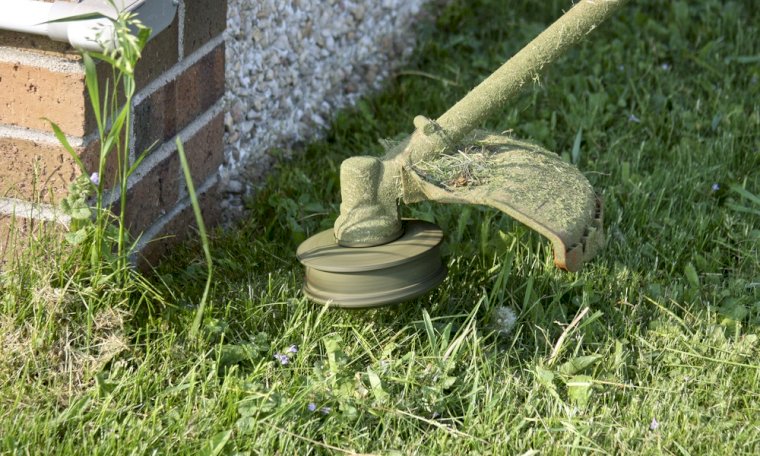
First, make sure the line is the correct size and type for your weed eater. Using the wrong line can cause it to cut unevenly.
Next, make sure the line is wound correctly around the spool. If it’s not, rewind it according to the manufacturer’s instructions.
Finally, make sure the cutting head is properly attached to the shaft and is not damaged or worn. A damaged cutting head can cause the weed eater to cut unevenly.
Conclusion
Weed eater troubleshooting can be frustrating, but by following these tips and tricks, you can ensure a smooth and efficient operation. Remember to always refer to the manufacturer’s instructions for specific troubleshooting steps and to take safety precautions when using your weed eater.
With a little bit of maintenance and care, your weed eater can last for years to come.

